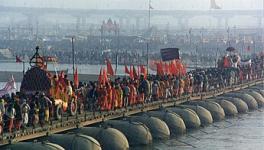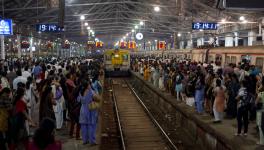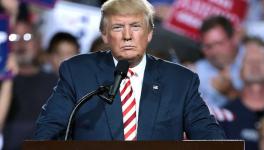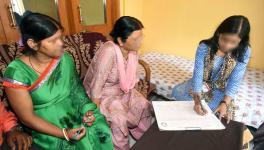One Billion Vaccine Doses: Devil is in the Details
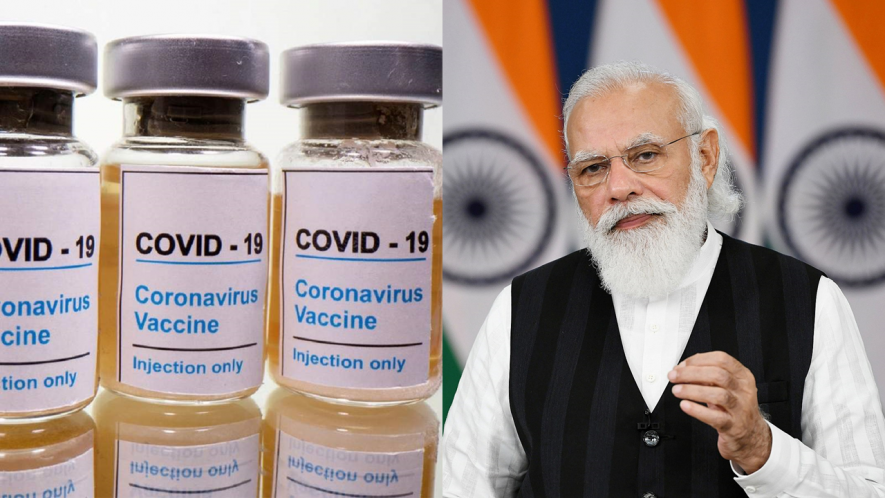
India crossed the one billion (100 crore) COVID-19 vaccinations milestone this week. It is indeed a piece of great news, and the low-paid health workers in the interiors of India deserve a big salute for this feat. However, the Indian government wants all of India’s 94.4 crore adults to get vaccinated this year. Around three-quarters of adults in the country of 130 crore people have had just one shot so far. Only around 30% of Indians are fully vaccinated, according to the government.
According to the latest figures, Uttar Pradesh, followed by Maharashtra, West Bengal, Gujarat, and Madhya Pradesh, have administered the highest number of doses. India’s crossed this milestone months after a massive spike in cases in April and May, during the second wave of the COVID-19 pandemic. That is when more than 400,000 infections and 4,000 deaths got reported daily. The country’s health infrastructure was overwhelmed by the number of people seeking hospital admission and searching for beds, oxygen and medicines. Now, new infections have fallen sharply, with fewer than 15,000 infections per day, and much economic activity has resumed. Mumbai, where cases had peaked in the second surge, recently reported zero deaths in a day for the first time since the pandemic began last year.
In future, it is essential not to bask in self-glory and consider pertinent issues in context, which a media that lauds the government shall not bring up today on behalf of the nation. First, around 25 crore adult Indians have not got even a single dose of the vaccine. And they are mostly the most marginalised sections of the population, urban or rural, and tribals. In Uttar Pradesh, for example, by October 5, only 15% of the population was fully vaccinated, Kerala 43% and Bihar 17%.
Second, the 100 crore doses include both doses. The government itself says, only 30% of the adult population is fully vaccinated or has received two doses of any available vaccine. That leaves a whopping 70 crore adult Indians unvaccinated even today. Third, children (under 18) number almost 40 crore in India but are entirely unvaccinated. It is a fact that there is an education emergency in the country, with no physical classes running except some pockets as of October 20. Worse still, there is no declared strategy or policy for children’s vaccination, considering the available supplies and unfulfilled demand even in the adult population.
Fourth, the media celebration of 100 crore doses, calling it the 'fastest' and among the top two nations, is ill-placed. Only two countries have a population of 100 crore or more. China has already achieved 1 billion doses and is now racing close to 200 crore, which they will achieve before December at their current rate.
Fifth, very importantly, India would have crossed this milestone much earlier if the government had started the vaccination drive in late 2020, not in January 2021. If India had not exported vaccines for the sake of vaccine diplomacy and the focus had been on the safety of citizens, things may have turned out differently. Even more importantly, if Covishield and Covaxin were given financial support or advance bulk orders as other vaccine-producing nations, and if the WHO-approved foreign vaccine-makers keen to come to India in 2020 were allowed, Indians would have been much better off. Even the rules and responsibilities of vaccination were unclear and changed several times even though, under the Disaster Management Act, the Centre assumes full responsibilities during a crisis.
Sixth, many Indians, especially in urban areas, are buying their vaccine doses, which costs them Rs. 300 to Rs. 4,000 per dose in private hospitals. The polio vaccines were delivered free to the entire population as part of a decades-long drive. India was much poorer then. But people spent for their COVID-19 jabs, and that crosses 20% of the adult population.
Seventh, the vaccination started with two doses given with a 28-day gap, which increased to 42 and now 84 days. It glaringly exposes the ill-preparedness even till May 2021. Officially, the second wave killed less than 1,00,000, but several estimates by the scientific community world-over show it to be more than a million. Now that vaccine production has been ramped up, why can we not get back to the 28-to-35 day gap between jabs so that we can vaccinate faster? Frontline workers with a 28-days gap vaccination have not reported developing any reaction to the vaccines.
Eighth, on September 22, NDTV.com and other media outlets reported that several people received vaccination certificates though they did not receive the jab. They got the certificates on September 17, Prime Minister Narendra Modi’s birthday, to set a record of 2.5 crore vaccines to mark the day. However, the daily average rate of vaccination until then was around 70 lakh jabs. Observers have questioned how a health infrastructure that clocks 70 lakh doses a day could suddenly deliver 2.5 crore vaccines on a specific day. In one case, Vidya Sharma of Madhya Pradesh (Aagar-Malwa district) died four months before getting her vaccination certificate on September 17! In June, several reports said 13 to 14-year-old children had received certificates too, without getting any jab.
Ninth, recently, the government of India has opened up vaccine exports again in October 2021, while 70% of adults and 100% of children are yet to get fully vaccinated. As of now, India is in no position to ramp up production to cover the entire population and simultaneously ensure exports. It may be another challenge brewing ahead.
Tenth and last, although there are far fewer new infections now, the state and Central governments will have to prevent huge gatherings during the ongoing festival season from mid-November till after Diwali. We need to learn lessons from the second surge of April-May 2021, following the Kumbh Mela and elections in five states.
Every pro-people success is important and must be rejoiced but not at the cost of bitter facts alongside much-needed caution not to plunge into another major crisis.
The author is secretary, Global Media Education Council, and former pro-vice-chancellor of Kolkata-based Adamas University. The views are personal.
Get the latest reports & analysis with people's perspective on Protests, movements & deep analytical videos, discussions of the current affairs in your Telegram app. Subscribe to NewsClick's Telegram channel & get Real-Time updates on stories, as they get published on our website.












